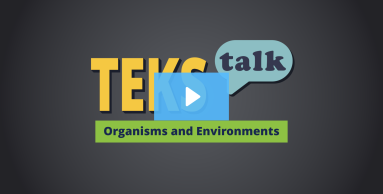
Knowledge and Skills Statement
Organisms and environments. The student knows that interdependence occurs between living systems and the environment.
Supporting Information
Research
Lewis, Jesse, Matthew L. Farnsworth, Chris L. Burdett, David M. Theobald, Miranda Gray & Ryan S. Miller. "Biotic and Abiotic Factors Predicting the Global Distribution and Population Density of an Invasive Large Mammal." Scientific Reports 7, 44152 (March 2017). https://doi.org/10.1038/srep44152.
Summary: In this case study, various ecosystems' biotic and abiotic factors were used to determine their effects on the population density and distribution of wild pigs.
